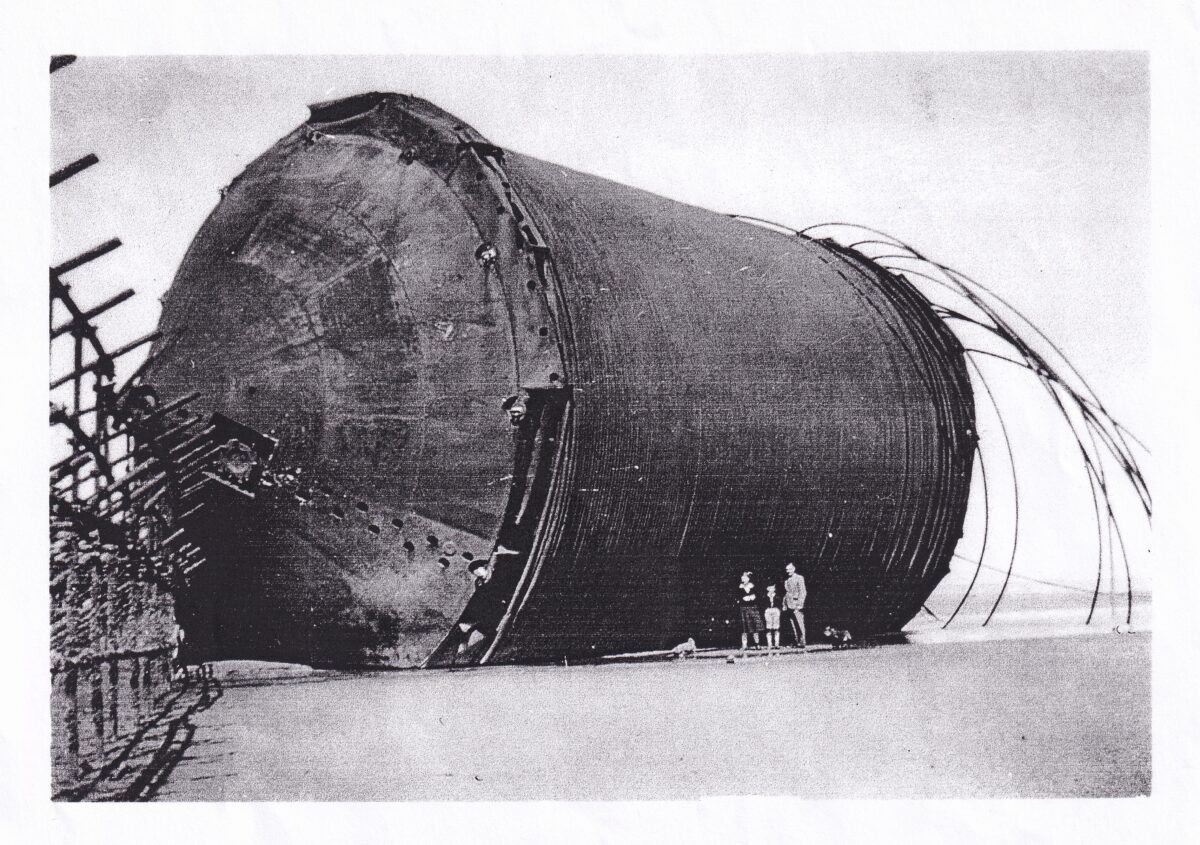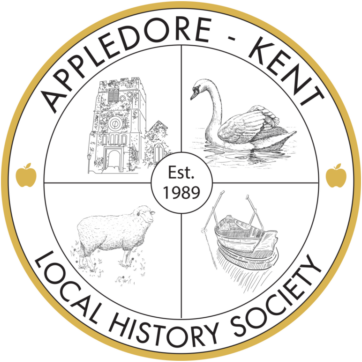PLUTO remembered by Alec Laurence
When the invasion of Northern France was being planned for 1944, it was envisioned that the immense number of tanks and other vehicles would require a vast supply of fuel which sea and road transport would be unable to deliver, to cover this requirement a scheme called Pipeline under the Ocean was conceived and given the acronym PLUTO. Pipelines from the major oil terminals fed the fuel to a point on the South Coast whence it was directed by a special pipeline to Northern France.
The project was shrouded in secrecy during the development stage and was only disclosed to the public when the invasion had proved to be a great success. Like most septuagenarians, I had heard of the scheme at the time but had forgotten its existence until a year or two ago, when I received an enquiry about the route the pipeline had taken through Kent. The enquirer from Appledore was aware of its main terminals at Stanlow and Avonmouth being linked to that on the lsle of Grain.

PLUTO drum at Littlestone. Lindsay family and dogs C.1946
From this major supply the pipeline was routed through the Maidstone area, thence to Staplehurst and Frittenden to enter the Tenterden area near Goldwell Farm, off the 4262 Biddenden Road. The direction followed thereafter was along a straight line to the point south of the road junction at London Beach, and then along Swain Road to the entrance to Ingleden and here the pipeline turned sharply right to Pigeon Hoo and across Shirley Moor to Park Farm at Appledore Heath.
Skirting Appledore village to the north and east, it carried on until the branch railway to Lydd and Greatstone was reached, which it then followed southwards to Dungeness. There was a “branch” to Rye and also one from an emergency supply depot at Wye, The direction of the pipe line north of Ingleden was seemingly deliberate to give the impression that it was destined to go to Folkestone for a possible invasion of the Pas do Calais area.
Oddly enough, despite the passage of time and the specific nature of the project, there is still evidence of the route through our part of the county, the clues for which are:-
- where the pipe crossed roads, enamel signs saying “Private, No Footpath”;
- crossing field boundaries, pairs of concrete posts with four slots for wooden slats – these were stiles for use by the daily patrols;
- crossing dykes and streams, the pipe was enclosed in concrete troughing,
There are examples of each of these near the playing field at Appledore. The line or route from Pigeon Hoo across Shirley Moor to Park Firm cannot be ascertained as yet. The footpath from Boume Farm on the Woodchurch Road to Gibbet Corner on the Appledore Road crosses a large bridge over the Tenterden Sewer erected by the KCC several years ago.
Whilst resting on the bridge with our walking group on a hot summer Sunday afternoon, I explained to the party that PLUTO was routed over the area and suggested that they should look for the specified clues. Needless to say, none was forthcoming but one lady present informed me of examples of them in the Frittenden area. Sometime later, accompanied by Jack Gillett, I was shown them by her and they turned out to be
- a length of concrete troughing over the hammer stream near Sand Lane
- a pair of concrete posts, for a stile, near White House Farm, north of the Three Chimneys on the A262 between Biddenden and Sissinghurst.
By this time, I was in correspondence with a retired gentleman in the West Midlands who was a wartime member of the Royal Engineers and who was making a study of the PLUTO route through Kent, plus another one through to the isle of Wight. Accordingly, Joan and I subsequently walked the Frittenden area again to photograph the two examples for his benefit, since ill-health had rendered him unfit to travel to Kent.
I am continually on the lookout for evidence of “clues”, especially on the undefined section across Shirley Moor, but if anyone is aware of such locations in the Tenterden area, I would like to be informed, to allow me to photograph same for the benefit of the “old solider.
Alec Laurence was a writer and local historian. His works include “Tenterden: a History and Celebration of the Town (Ottakar’s history and celebration series)”
